Latest News
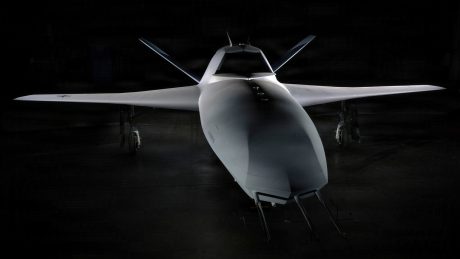
 The U.S. Air Force says the YFQ-48A Mission Design Series acknowledges Northrop Grumman’s Project Talon as a “strong contender” for the CCA program. The U.S. Air Force has announced that it has assigned the Mission Design Series (MDS) YFQ-48A to the Northrop Grumman Project Talon Collaborative Combat Aircraft on Dec. 22, 2025. The company unveiled […]
The U.S. Air Force says the YFQ-48A Mission Design Series acknowledges Northrop Grumman’s Project Talon as a “strong contender” for the CCA program. The U.S. Air Force has announced that it has assigned the Mission Design Series (MDS) YFQ-48A to the Northrop Grumman Project Talon Collaborative Combat Aircraft on Dec. 22, 2025. The company unveiled […]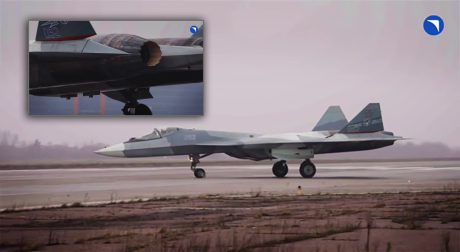
 The development of the Izdeliye 177 appears to be driven by the need to upgrade the earlier Su-57 production models and offer a new powerplant to international customers. Russia’s United Aircraft Corporation (UAC) announced on Dec. 22, 2025 the test flight of an Su-57 Felon (airframe T-50-052) with a new Izdeliye 177 (Russian for ‘Product […]
The development of the Izdeliye 177 appears to be driven by the need to upgrade the earlier Su-57 production models and offer a new powerplant to international customers. Russia’s United Aircraft Corporation (UAC) announced on Dec. 22, 2025 the test flight of an Su-57 Felon (airframe T-50-052) with a new Izdeliye 177 (Russian for ‘Product […]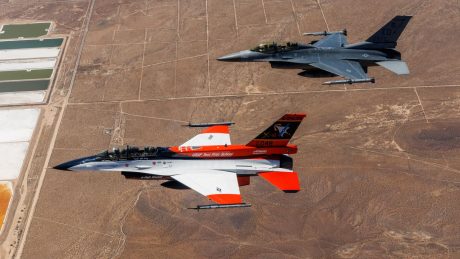
 The PhantomStrike AESA radar will be integrated on the U.S. Air Force’s X-62 VISTA as part of the recently announced Mission Systems Upgrade to expand autonomy testing. The U.S. Air Force’s X-62 Variable Stability In-Flight Simulator Test Aircraft (VISTA) will receive Raytheon’s PhantomStrike AESA (Active Electronically Scanned Array) radar as a part of its Mission […]
The PhantomStrike AESA radar will be integrated on the U.S. Air Force’s X-62 VISTA as part of the recently announced Mission Systems Upgrade to expand autonomy testing. The U.S. Air Force’s X-62 Variable Stability In-Flight Simulator Test Aircraft (VISTA) will receive Raytheon’s PhantomStrike AESA (Active Electronically Scanned Array) radar as a part of its Mission […]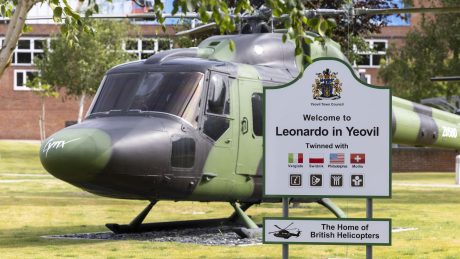
 The Telegraph reports that Roberto Cingolani, CEO of Leonardo, has warned the UK Defence Secretary that further delays to contracts could threaten the company’s continued operations in the UK. Leonardo, the defence industry giant based in Italy, maintains a significant UK presence with its helicopter production facility at Yeovil, historically operated by Westland, and various […]
The Telegraph reports that Roberto Cingolani, CEO of Leonardo, has warned the UK Defence Secretary that further delays to contracts could threaten the company’s continued operations in the UK. Leonardo, the defence industry giant based in Italy, maintains a significant UK presence with its helicopter production facility at Yeovil, historically operated by Westland, and various […]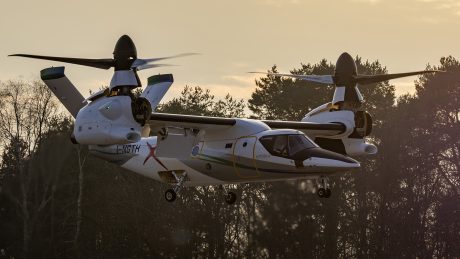
 The NGCTR demonstrator is designed to mature key novel technologies that could support the development of a larger civil tiltrotor with lower emissions. Leonardo has announced the first flight of the Next Generation Civil Tiltrotor – Technology Demonstrator (NGCTR-TD), which took place on Dec. 19, 2025, at the company’s Cascina Costa facility in northern Italy. […]
The NGCTR demonstrator is designed to mature key novel technologies that could support the development of a larger civil tiltrotor with lower emissions. Leonardo has announced the first flight of the Next Generation Civil Tiltrotor – Technology Demonstrator (NGCTR-TD), which took place on Dec. 19, 2025, at the company’s Cascina Costa facility in northern Italy. […]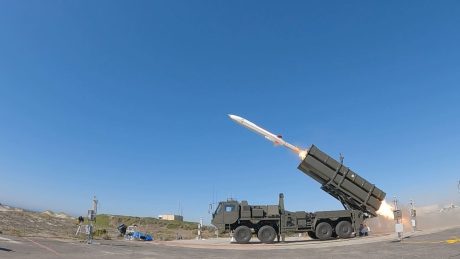
 The image show a live-fire test of the upgraded Type 12 Surface-to-Ship missile conducted between October and November 2020 in California. The Japanese Ministry of Defense (MoD) released on Dec. 19, 2025 more images and information of live-fire tests of its upgraded Type 12 Surface-to-Ship Missile (SSM) that were conducted between October and November 2020. […]
The image show a live-fire test of the upgraded Type 12 Surface-to-Ship missile conducted between October and November 2020 in California. The Japanese Ministry of Defense (MoD) released on Dec. 19, 2025 more images and information of live-fire tests of its upgraded Type 12 Surface-to-Ship Missile (SSM) that were conducted between October and November 2020. […]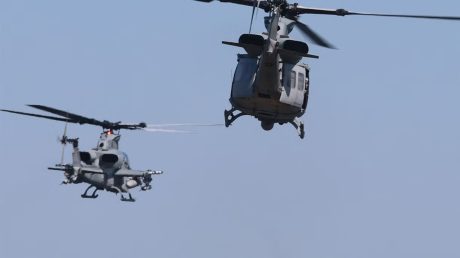
 An AH-1Z conducted a low-altitude test firing of the Red Wolf over the Atlantic Test Range in September 2025, adding to 45 demonstrations already performed for the U.S. military. L3Harris announced on Dec. 19, 2025 a live-fire test of its Red Wolf launched effects vehicle over the Atlantic Test Range which was held in September. […]
An AH-1Z conducted a low-altitude test firing of the Red Wolf over the Atlantic Test Range in September 2025, adding to 45 demonstrations already performed for the U.S. military. L3Harris announced on Dec. 19, 2025 a live-fire test of its Red Wolf launched effects vehicle over the Atlantic Test Range which was held in September. […]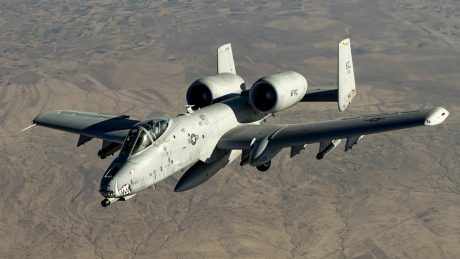
 CENTCOM launched Operation Hawkeye Strike, striking over 70 targets with more than 100 precision munitions after two U.S. Soldiers and an interpreter were killed on Dec. 13. The U.S. military has launched retaliation strikes against ISIS targets in Syria after two U.S. soldiers and an interpreter were killed on Dec. 13, 2025. In the night […]
CENTCOM launched Operation Hawkeye Strike, striking over 70 targets with more than 100 precision munitions after two U.S. Soldiers and an interpreter were killed on Dec. 13. The U.S. military has launched retaliation strikes against ISIS targets in Syria after two U.S. soldiers and an interpreter were killed on Dec. 13, 2025. In the night […]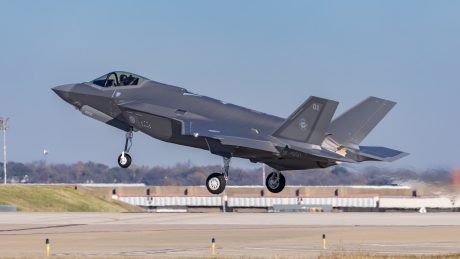
 The AIM-120D-3, the most advanced variant of the ARMAAM, will equip Finland’s incoming F-35As, the first of which was officially rolled out on Dec. 16, a week after the first flight. Finland has decided to go ahead with the procurement of AIM-120D-3 AMRAAM (Advanced Medium-Range Air-to-Air Missile) for the Finnish Air Force F-35A Lightning II […]
The AIM-120D-3, the most advanced variant of the ARMAAM, will equip Finland’s incoming F-35As, the first of which was officially rolled out on Dec. 16, a week after the first flight. Finland has decided to go ahead with the procurement of AIM-120D-3 AMRAAM (Advanced Medium-Range Air-to-Air Missile) for the Finnish Air Force F-35A Lightning II […]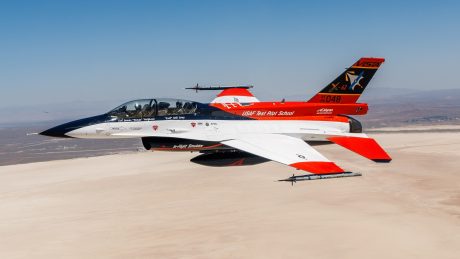
 The X-62 Variable Stability In-flight Simulator Test Aircraft will incorporate advanced radar and sensor integration to allow autonomy testing in more complex scenarios. The U.S. Air Force has announced the start of an upgrade program for the X-62 Variable Stability In-flight Simulator Test Aircraft (VISTA). The program, described as a Mission Systems Upgrade (MSU), is […]
The X-62 Variable Stability In-flight Simulator Test Aircraft will incorporate advanced radar and sensor integration to allow autonomy testing in more complex scenarios. The U.S. Air Force has announced the start of an upgrade program for the X-62 Variable Stability In-flight Simulator Test Aircraft (VISTA). The program, described as a Mission Systems Upgrade (MSU), is […]